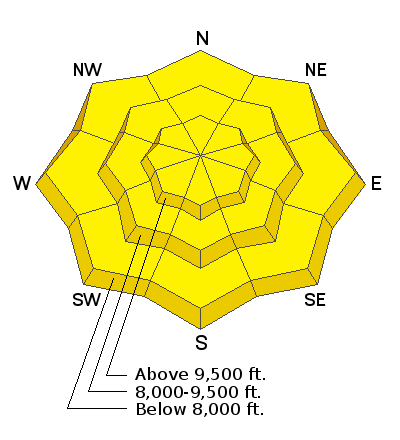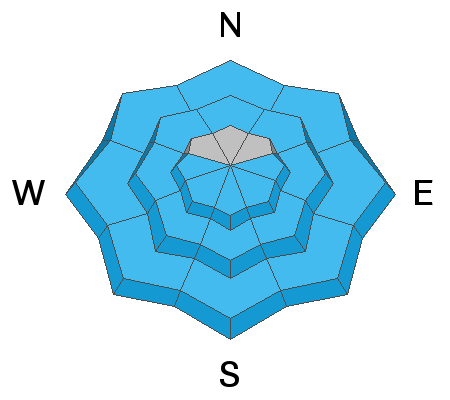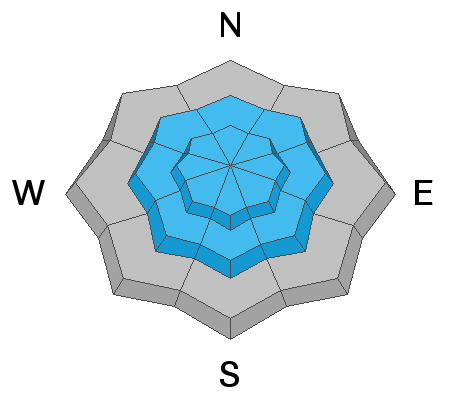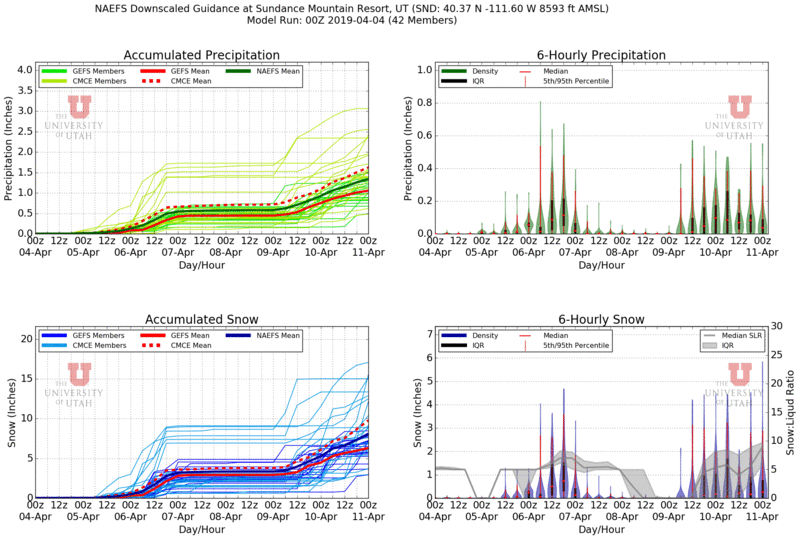Forecast for the Provo Area Mountains

Issued by Evelyn Lees for
Thursday, April 4, 2019
Thursday, April 4, 2019
The avalanche danger is MODERATE for triggering wet snow avalanches on almost all slopes. While shallow, these wet loose and wet slab avalanches can entrain snow as they move downhill, resulting in deep debris piles, especially in the continuously steep terrain of the Provo area mountains.
The avalanche danger is MODERATE for triggering a lingering wind drift on steep, upper elevation northerly facing slopes slopes.

Low
Moderate
Considerable
High
Extreme
Learn how to read the forecast here








